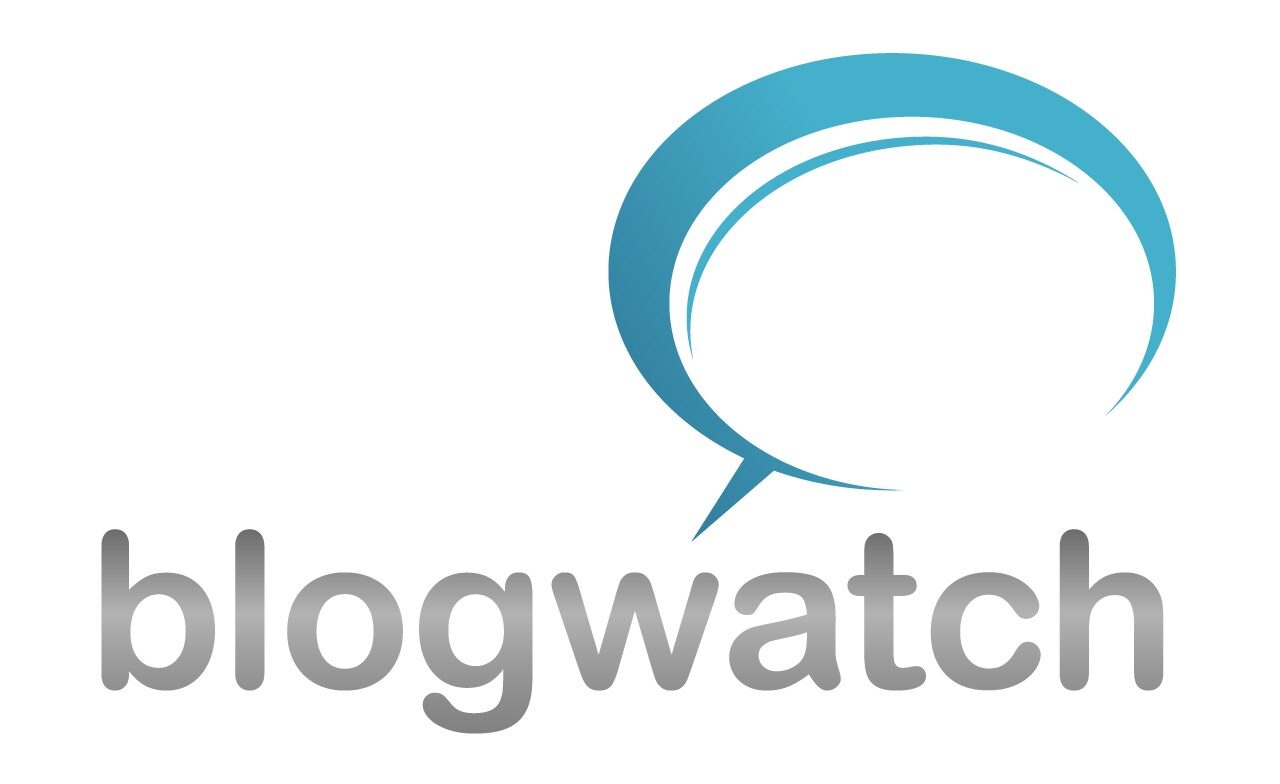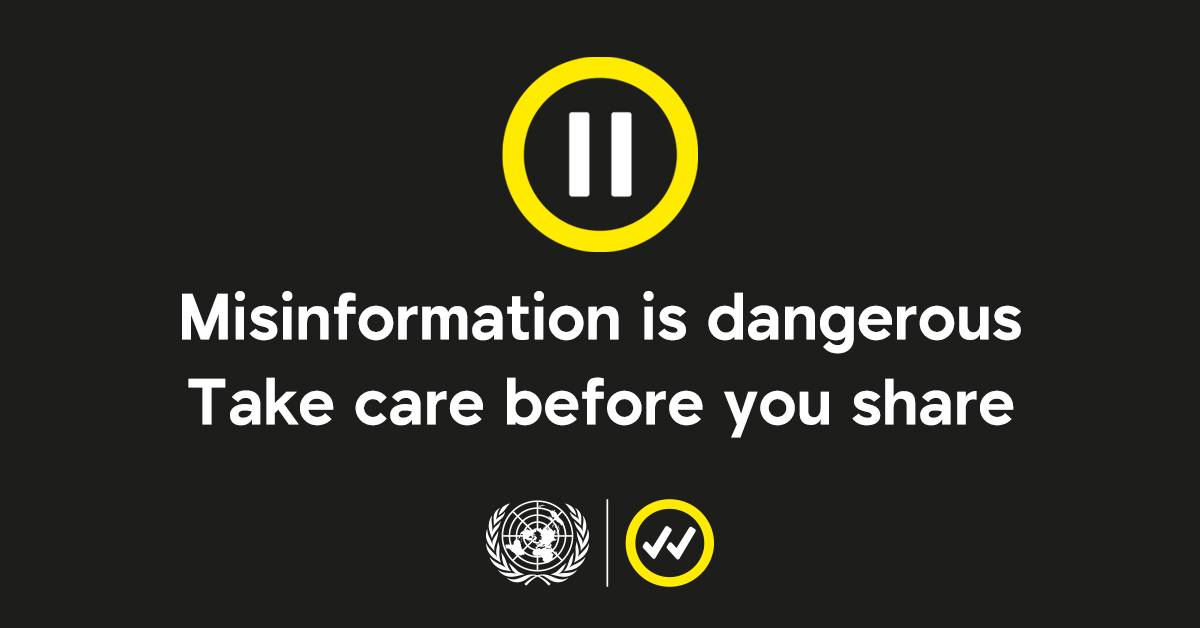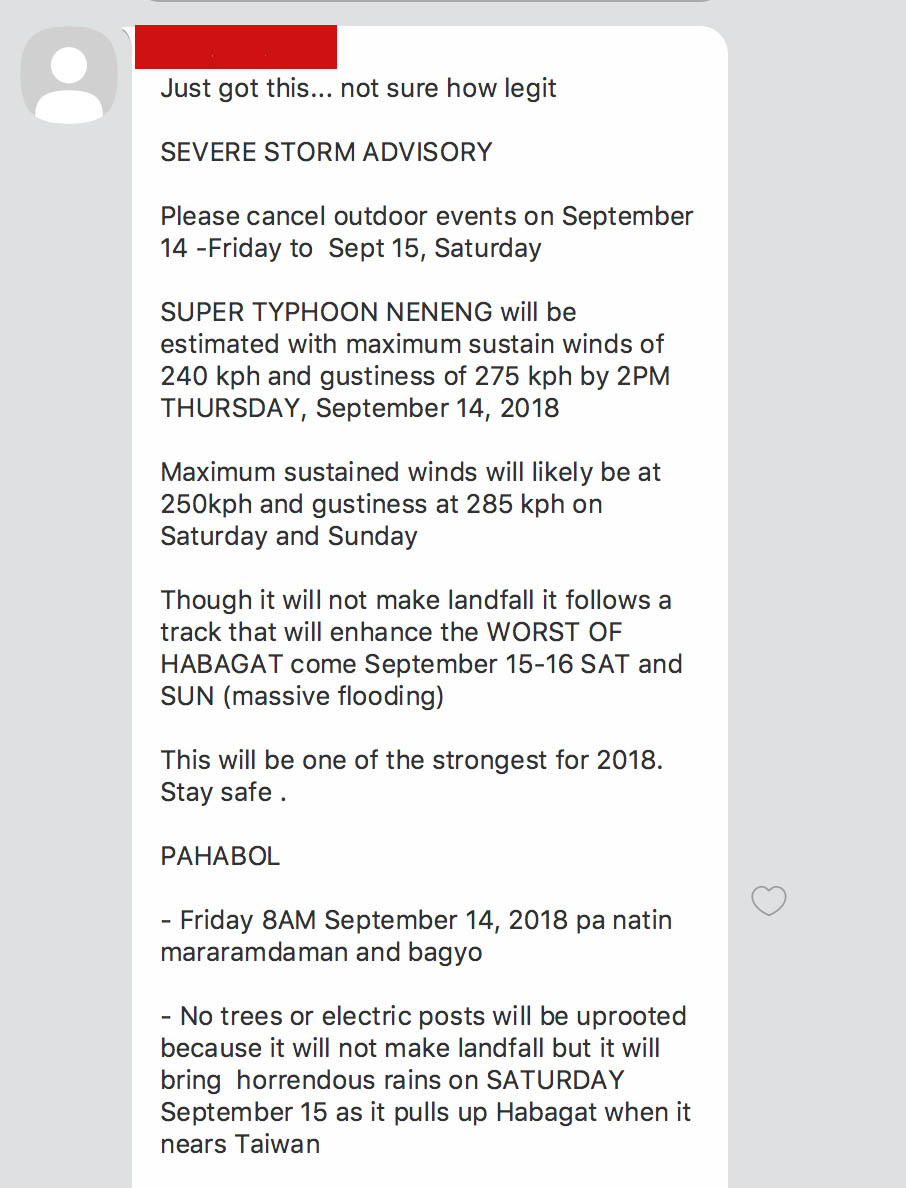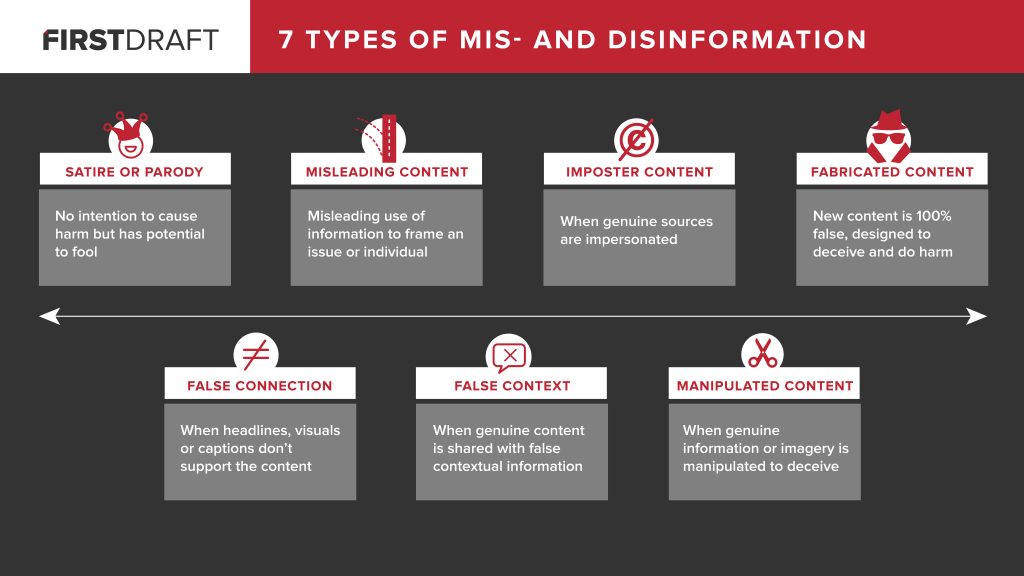Be a savvy news consumer. Here are 6 tips for identifying fake news (Part 2)
Part 1 shows examples of seven types of fake news or misinformation and disinformation. Part 2 provides tips to identify these problematic content that sit within our information ecosystem.
In a world full of ambiguity, we see what we want to see.

In “How your brain decides without you“, the author adds that “we form our beliefs based on what comes to us from the world through the window of perception, but then those beliefs act like lens, focusing on what they want to see.” We live in a world where in some sense, almost everything we see can be construed in multiple ways. As a result, we are constantly choosing between duck and rabbit.
As mentioned in Part 1, Claire Wardle, of First Draft News says fake news is associated with “misinformation” and “disinformation”. Wardle explained the difference between misinformation, where information is false but the person circulating it believes it to be true, and disinformation, where the information is also false and those responsible are fully aware.
READ: Here are 8 tips on how you can stand up for facts
READ: Tools and strategies to determine fake news, half-truths, from real news
Here are a few tips for identifying inaccurate information which I learned from Brian Weeks at a Coursera Teachout from the University of Michigan and Politifact , part of the International Fact-checking Network.
1. Be skeptical
Look at the web address. Is it a clever knock-off? For example, abcnews.com dot co is a phony version of the actual news site abcnews.go.com and is a purveyor of fake news. There is cnn-channel.com trying to mimic cnn.com and so on and so forth.
If a headline strikes you as so outrageous that you want to immediately tell all your friends about it, take a quick pause. It might well be fake. You can do your homework by inspecting the source of the news story. Is it a news organization you’ve heard of? if you see something that looks not exactly real, not exactly credible, be skeptical of it. Do a little more research and find out if it’s real or not.
Before I share a questionable post, I seek out my friends in our group chat (composed of techies, journalist, advocates, researchers) to help me verify the story.
2, Read beyond the headline.
Some headlines were created for click bait so the website gets increased traffic. “These click-bait websites offer quick-turn, low-quality content in a quest to maximize revenues. If every other story on the site seems outrageous and partisan, you might have stumbled onto a fake news site. Click through and read the whole article, in order to tell for sure that the content matches with the headline.”
3. Who created the story and why.
“Seek out trusted news sources that have a strong track record of accuracy in their reporting. Look for well-researched, detailed reports. Find news organizations that have a demonstrated commitment to the ethical principles of truthfulness, fairness, independence and transparency.”
Brian Weeks tells us to ponder over these questions :”What is the source of this information? And why was this information created? Was it used or created as a form of political strategy? Is someone trying to get ahead, discredit the other side, give their own side a boost?
4. What’s missing.
So if you read an article, ask yourself, is there another side to this story?
Brian Weeks tells us to ask “What types of information would be needed to make this story complete? Who would this article need to talk to in order to get the other side of the story? So think about why the story is one sided and what might actually be missing.”
5. Are other people covering this story?
Do a google search to tell quickly if you are reading real news. Prof. Melissa Zimdars says that if the story makes you REALLY ANGRY, it’s probably a good idea to keep reading about the topic via other sources to make sure the story you read wasn’t purposefully trying to make you angry (with potentially misleading or false information) in order to generate shares and ad revenue. Check if mainstream media organizations or credible news organization are covering it.
6. Be aware of your biases.
“We have several biases that lead us to fall for inaccurate information. So ask yourself, am I believing this because of what I believe politically?” Am I believing this because I’m a supporter of the Liberal Party or I’m pro-Duterte? These biases can encourage us to fall for false information.If you hate President Duterte, you will be susceptible to stories that vilify him. So the more you’re aware of the biases and the more you ask yourself, am I just believing this because I think or want it to be true? The better off you will be.
Politifact adds that “it’s fine to have political views, but we need to accept our own biases and how our strongly held viewpoints can make us more credulous about things we’d like to believe. There’s an old saying that if something is too good to be true, it probably is. The opposite of that applies on the Internet: If something sounds too awful to be true, it might not be. The bottom line is we all should do a little homework before clicking the share button.”
We will get close to the truth when we keep an open mind, seek multiple sources and check, re-check, look again and discuss.
More reading resources
10 questions to ask before covering misinformation
Tip: Remember these guidelines for covering mis- and disinformation



